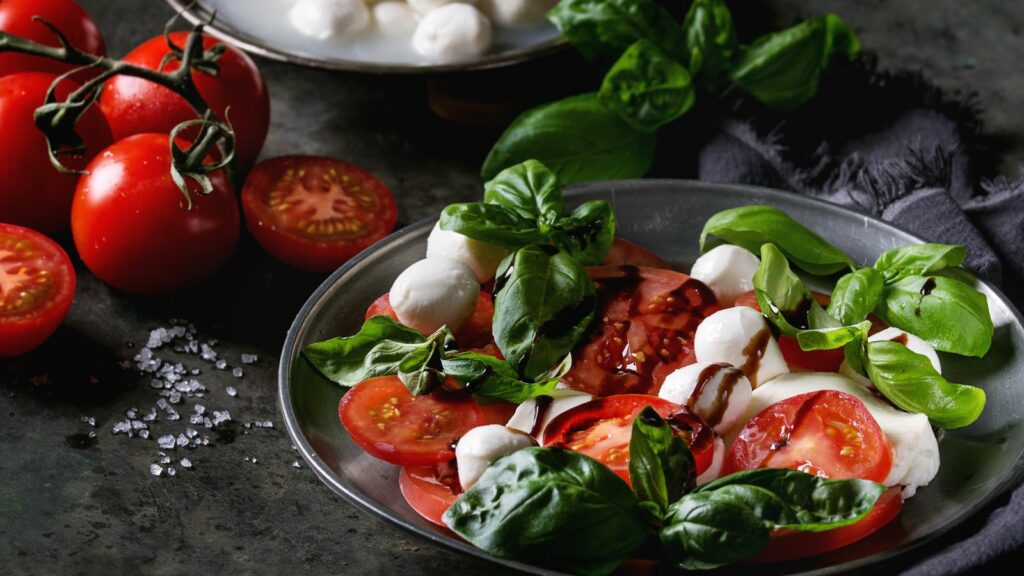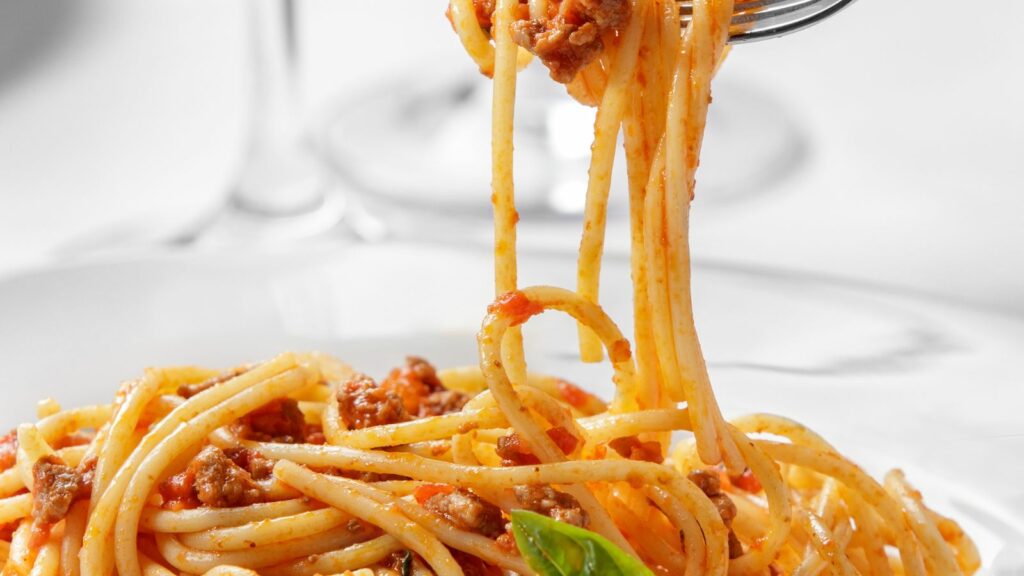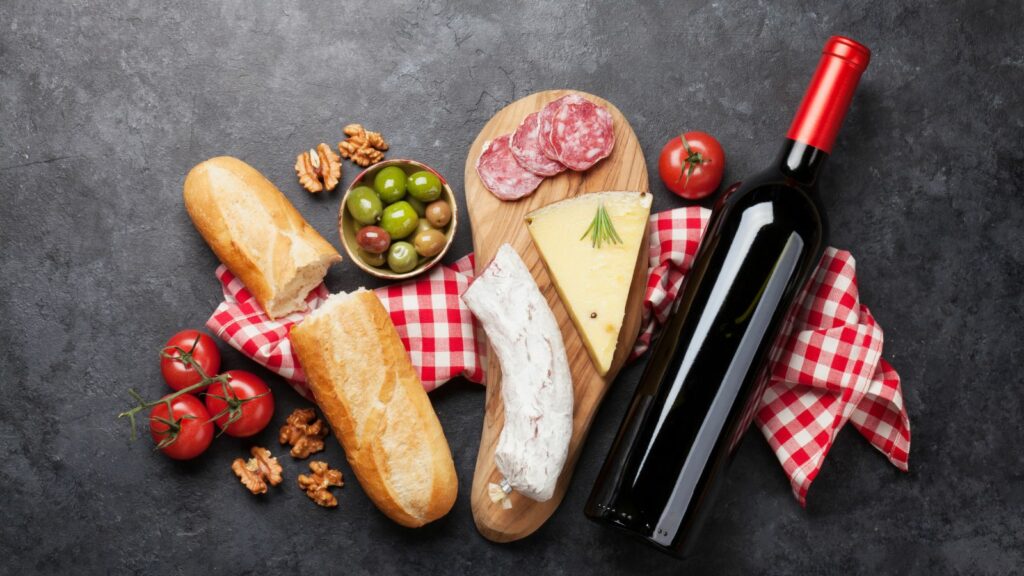Delve into the enticing world of Northern Italian cuisine, where the dishes are as diverse and captivating as the regions from which they originate. From the snow-capped Alps to the sun-drenched vineyards of Piedmont, Northern Italy is a culinary treasure trove waiting to be discovered.
Let’s embark on a gastronomic journey, exploring the signature dishes that have made Northern Italian cuisine a global sensation. Whether it’s the creamy risottos of Lombardy, the delectable prosciutto of Parma, or the fresh seafood of Veneto, there’s a dish to tantalize every palate.
Northern Italian Cuisine
Digging deeper into the realm of Northern Italian cuisine, it’s paramount to focus on the common ingredients and flavors that form its backbone, followed by the regional variations that set it apart.

Northern Italian cuisine harbors a symphony of ingredients, flavors, adding richness to its culinary heritage. Predominantly, one finds a heavy reliance on dairy products, specifically butter and cream, notably in Lombardy dishes. For instance, risotto alla Milanese, a beloved dish, employs Arborio rice simmered in butter and broth bath. Secondly, another stalwart in the recipe roster is rice, where Arborio and Carnaroli varieties star in creamy risottos.
In the meat spectrum, pork holds sway, characterized by the regional production of cured meats such as Parma ham. Remarkably, the region of Parma discloses cuisine that intertwines traditional methods with modern gastronomical practices. Renaissance-era recipe books documented these key ingredients, proving their authenticity.
Sauces, an integral part of Northern Italian cuisine, show a bias for white or light tomato variants, contrasting the southern Italian fondness for tomato-heavy versions. For example, Béchamel, a classic white sauce, elevates basic ingredients, rendering dishes like lasagna bolognese into culinary masterpieces.
Signature Dishes of Northern Italy
Assuring the preservation of past context and sidestepping repetition is essential. Northern Italian cuisine is celebrated for its dynamic range, diversity, and distinct regional variances. Delving into signature dishes presents a richer understanding of this culinary tradition. The key focus falls on two staples: Risotto and Polenta.

Risotto predominantly features Arborio rice as its star ingredient, native to the Po Valley in Lombardy. Cooks simmer the grains in a quality broth, steadily elevating the creaminess until the dish unfolds its velvety texture. However, in its variations, the underlying theme remains constant – a dedication to in-season, local ingredients. For example, Risotto alla Milanese is revered globally, bearing a rich golden hue from saffron strands and a savory depth conferred by bone marrow.
Panning to another Northern Italian staple, Polenta originally emanates from peasant cuisine, mirroring the agrarian history of these regions. Made from coarsely ground cornmeal, Polenta in its base form acts as a versatile canvas apt for an array of toppings. In Lombardy and Veneto, it often forms a comforting base for meaty stews, while in Friuli-Venezia Giulia, it’s baked and served alongside San Daniele prosciutto.
Influence of Geography and Climate on Northern Italian Cuisine
Northern Italy’s gastronomic range captures a perfect blend of both geography and climate with a unique culinary rhythm.

The magnificent Alps dare to limit the types of crops grown in the Northern regions, leading to an inclination towards root and cold-hardy vegetables. Potatoes, beans, and hardy greens grow in surplus. These ingredients become the bedrock of dishes such as Minestrone soup, commonly utilized across Piedmont and Lombardy.
Formaggio d’Alpe, Northern Italy’s characteristic Alpine cheese, owes its distinction to the rich Alpine flora that local cows ingest. Also, the cooler temperatures of the Alpine region play a vital role in influencing recipes for hearty, warm one-pot meals like stews and braised preparations, perfect for snowy winters.
Moving away from the lofty peaks to the fertile lowlands, Northern Italy offers an abundance of lush plains and sparkling lakes. These areas nurture some of Italy’s best food products, amplifying the region’s food narrative.
Freshwater fish from the lakes feature prominently in local cuisine. An example can be drawn from Lake Garda providing the indigenous Tinca (Tench), central to the region’s iconic Tinché alla gardesana – a breaded and baked Tench preparation.

